Textile apparel sector in dire straits
Cao Huu Hieu, CEO of state-owned group Vinatex, revealed that the current market is in even more critical danger compared to when the COVID-19 pandemic reached its peak in 2020.
Even though the situation was foreseen right in the last quarter in 2022, the actual state was far more severe than already poor expectations.
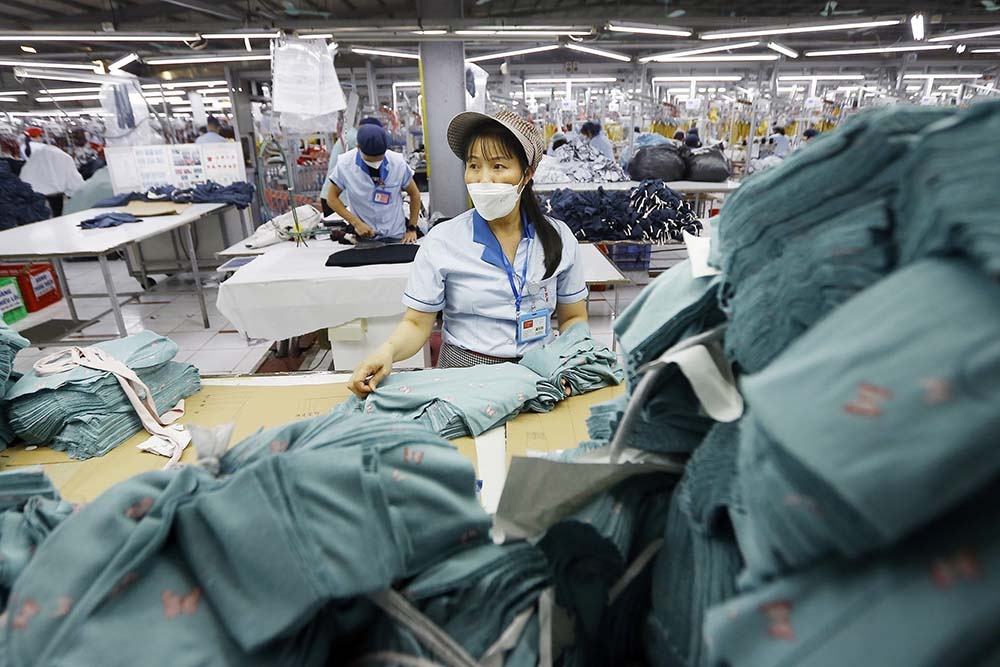 |
| The textile apparel sector faces mounting difficulties amid sinking demands |
“Export orders are minuscule, with low processing fees. Never before have businesses with a scale of several thousand labourers had to accept small orders for 500, 700 to 1,000 jackets. But not doing them, then customers will not know about the enterprises, and they won't get any orders,” said Hieu.
The fee for export processing has also fallen. A Vinatex representative unveiled that several apparel items saw up to 50 per cent cuts in processing fees compared to that a year ago.
For instance, in the previous year an item that cost $1.70-1.80 as a processing fee, now costs around 90 cents apiece.
A few firms have even reported that when they have completed processing orders, customers have asked to delay delivery, leaving firms facing difficulties related to cash flow, and finding warehouse for goods storage with additional expenses.
Not only the apparel sector, the spinning segment is also fraught with hardships due to very low demand and a sharp decline in export fibre prices compared to a year ago.
Low prices arrived as the price of cotton, a staple of the spinning industry, has been largely volatile and saw a nosedive compared to a similar period in the previous year.
Spinning firms have reported losses with big inventory, yet still have to hold on to production.
For knitwear production, many units in this segment have not received new orders since April last year.
According to forecast, the textile apparel and fashion industry will face challenging times in the rest of 2023 with a low growth in its sales revenue, ranging from -2 to -3 per cent due to sinking demand in EU markets.
The global aggregate demand for textile apparel products is forecast to approximate $700 billion in 2023, down 8 per cent compared to 2022, even lower compared to 2020 when the pandemic broke out.
Earlier this year, the textile apparel sector gave out two growth scenarios with forecasts that the sector could reach $47 billion in the export value in a positive scenario, and in a less upbeat scenario, the sector’s export value was put at $45 billion.
In the current critical situation, the sector’s export value could tumble to just $36-37 billion, leaving the whole sector to spare no efforts to reach $40 billion in export value following the expectation the global demand would rebound in Q3, and particularly the peak season in Q4.
Last year, the textile apparel sector raked in $44 billion in total export value.
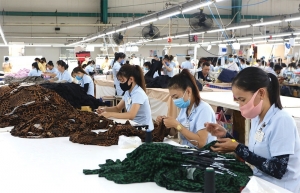 | Apparel groups under supply chain pressure Vietnam’s textiles, garments, and footwear are compelled to compete on the basis of quality, the environment, and the working conditions of its employees, since low-cost labour and cheap prices are no longer an advantage. |
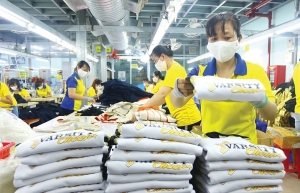 | Apparel groups begin fine-tuning goals Players in the garment and textile sector are crafting prudent business targets with radical measures to weather current stormy times spanning from late last year. |
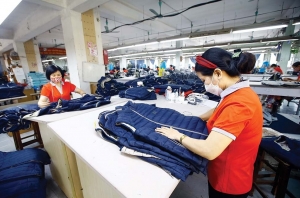 | Apparel firms scaling down business targets Many apparel, textile and spinning firms are setting 2023 business targets far below last year's figures amid gloomy market conditions and sinking orders. |
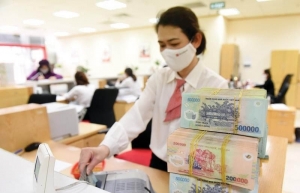 | Falling interest rates likely in H2 On May 23, the SBV announced additional adjustments to a series of key interest rates, effective from May 25. This move marks the third round of reductions designed to boost the economy in less than three months. Interest rates are predicted to soften in the second half of the year, due to several factors in both the domestic and international markets. |
What the stars mean:
★ Poor ★ ★ Promising ★★★ Good ★★★★ Very good ★★★★★ Exceptional
Related Contents
Latest News
More News
- Vietnam GDP posts second-strongest growth since 2011 (January 06, 2026 | 08:35)
- Double-digit GDP growth within reach with shift to higher-value expansion (January 06, 2026 | 08:33)
- Takeda Vietnam awarded for ongoing support of Vietnam’s sustainability efforts (December 31, 2025 | 21:00)
- Vietnam's retail market tops $269 billion in 2025 amid e-commerce boom (December 31, 2025 | 19:00)
- Stronger legal framework urged as trade fraud surges online (December 31, 2025 | 18:58)
- FPT exports first chip shipment to Japan (December 31, 2025 | 10:47)
- AkzoNobel rolls out sustainability campaign “It All Adds Up” for the wood sector (December 31, 2025 | 09:23)
- Textile apparel firms deliver robust earnings despite global tariff pressures (December 30, 2025 | 10:09)
- Businesses ramp up production as year-end orders surge (December 30, 2025 | 10:05)
- Vietjet chairwoman awarded Labour Hero title (December 29, 2025 | 13:06)

 Tag:
Tag:



























 Mobile Version
Mobile Version